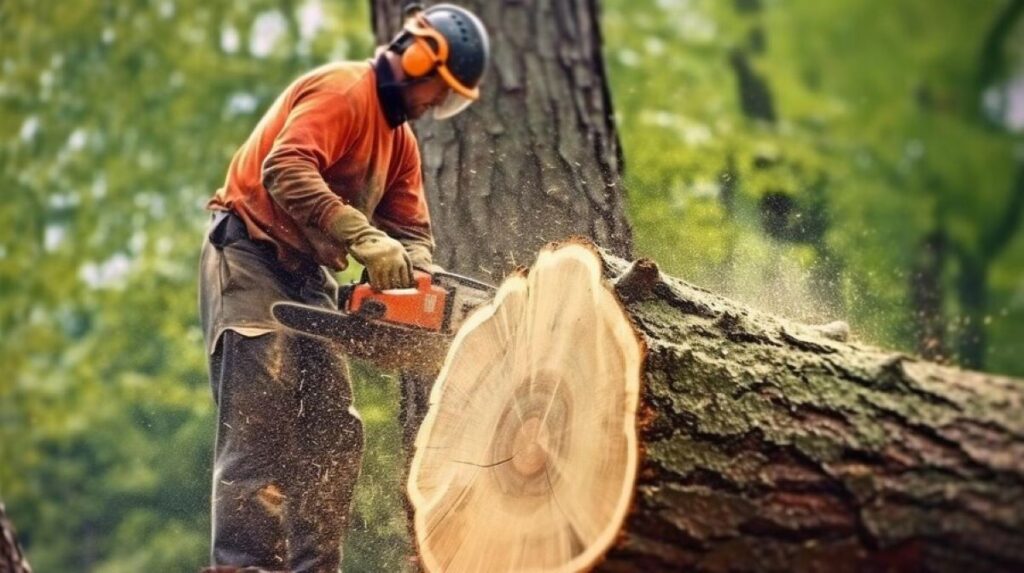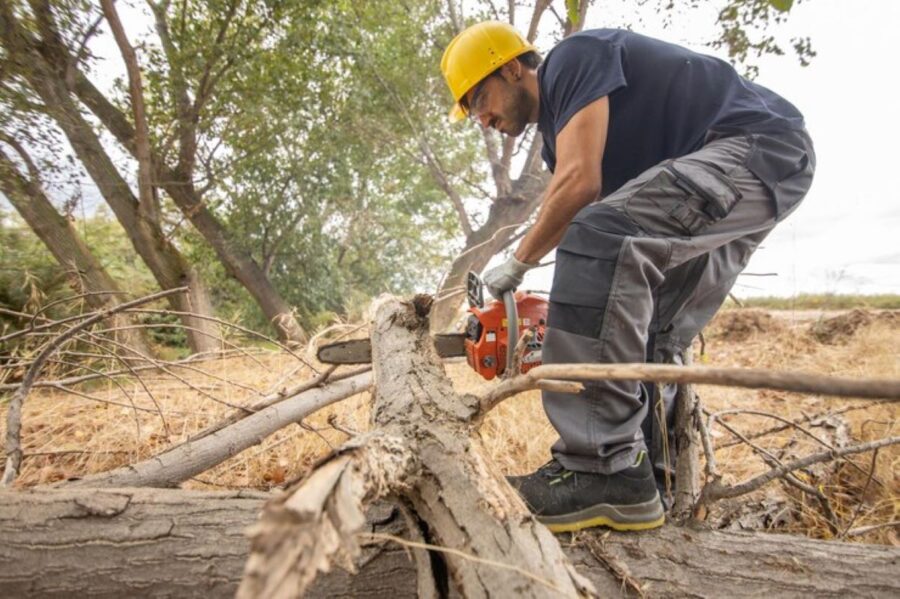Introduction
Trees are vital to the beauty, safety, and health of your property. However, when a tree becomes diseased, unstable, or poses a safety risk, tree removal becomes necessary. As a homeowner, understanding the safe and proper way to remove a tree is crucial — both for your protection and the environment. This guide covers everything you need to know about safe tree removal, from preparation and safety precautions to hiring professionals and post-removal care.
Why Tree Removal Is Sometimes Necessary
While we all love the shade and beauty trees provide, there are times when removing them is unavoidable.
- Disease or decay: Rotting or infested trees can collapse unexpectedly.
- Storm damage: After heavy winds or storms, weakened trees may become hazardous.
- Property damage risk: Roots can damage underground pipes, foundations, or driveways.
- Landscape improvement: Sometimes, removing a tree opens up space for sunlight or new projects.
Identifying these issues early can prevent serious damage and costly repairs.
Safety First: Assessing the Situation
Before attempting any tree cutting, evaluate the tree’s health and surroundings. Look for:
- Leaning trunks or cracked branches
- Power lines nearby
- Dead limbs that could fall unpredictably
- Limited escape routes
If any of these risks exist, do not attempt tree removal yourself. Contact a professional arborist who has the training and tools to do it safely.
DIY Tree Removal: When (and When Not) to Try It
For small trees or saplings, DIY removal may be manageable — but only with the right precautions.
Do:
- Use safety gear (helmet, gloves, goggles, boots).
- Clear the area of people and pets.
- Use proper cutting techniques.
Don’t:
- Remove large trees alone.
- Work near electrical lines.
- Attempt tree felling without experience.
In most cases, hiring certified tree removal services is the safest and most cost-effective choice.

Why You Should Hire a Professional Arborist
Professional arborists are trained in safe, efficient, and environmentally responsible tree removal services. Here’s why you should consider them:
- Safety assurance: They use proper equipment and follow safety regulations.
- Insurance coverage: Licensed tree removal companies are insured, protecting you from liability.
- Expert evaluation: Arborists can assess whether removal or pruning is the best option.
- Efficient cleanup: Professionals handle stump grinding, branch disposal, and debris removal.
A trusted arborist ensures your yard remains safe and beautiful after the job is complete.
Step-by-Step: The Tree Removal Process
- Initial inspection: The arborist assesses the tree and surroundings.
- Planning: Safety zones and fall directions are established.
- Branch removal: Large branches are trimmed first to control the fall.
- Tree felling: The trunk is cut using precise angles and techniques.
- Stump removal: Either through grinding or full extraction.
- Site cleanup: All debris is cleared to leave your yard tidy and hazard-free.
Each step requires precision and expertise — especially for large or damaged trees.
Stump Removal and Post-Removal Care
After the tree is gone, you’ll still need to deal with the stump. Leftover stumps can attract pests, cause tripping hazards, or regrow shoots.
Options include:
- Stump grinding: Reduces the stump below ground level.
- Full removal: Ideal if you plan to replant or landscape the area.
Once removed, aerate and replant grass or new trees to restore your yard’s natural beauty.
Environmental Considerations
Tree removal can affect local ecosystems, so it’s important to act responsibly:
- Plant a replacement tree if possible.
- Avoid removing healthy trees unnecessarily.
- Dispose of wood waste through mulching or recycling.
- Work with companies that follow eco-friendly tree maintenance practices.
Sustainable tree management benefits both your property and the environment.
Conclusion
Safe tree removal isn’t just about cutting down a tree — it’s about protecting your property, family, and environment. By hiring a professional arborist and following proper safety procedures, you ensure a smooth and hazard-free process. Whether it’s storm damage, disease, or renovation plans, approach every removal with care, preparation, and respect for nature.
FAQS
A tree may need removal if it shows signs of disease, dead branches, severe leaning, or damage after a storm. Cracks in the trunk or fungus growth at the base are also clear indicators of internal decay that can make the tree unsafe to keep.
DIY tree removal is possible for small trees, but large or damaged ones should always be handled by certified arborists. Professionals have the tools, training, and insurance to perform the job safely and efficiently, protecting both you and your property from harm.
Costs vary depending on the tree’s size, location, and condition. On average, homeowners spend between $300 and $2,500 per tree. Additional services like stump grinding or debris removal may increase the price but ensure a clean and safe result.
Not always. Sometimes pruning or cabling can restore a tree’s health and structure. A professional arborist can inspect and determine whether the tree can be saved or if complete removal is the safest option for your property.


